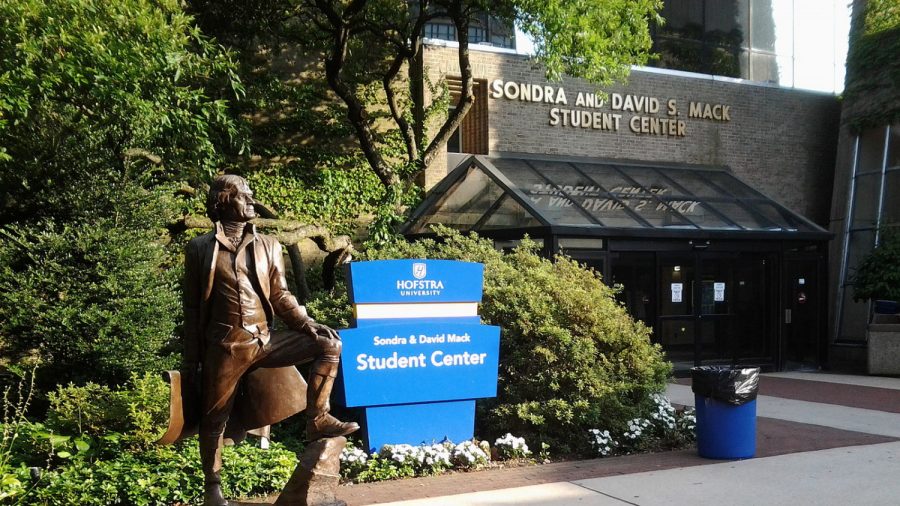A coalition’s petition demanding the removal of a Thomas Jefferson statue at Hofstra University stalled after a successful counter-petition last year, but in 2019, the protest hasn’t ceased. The founding father’s ownership of slaves was issue that sparked the protest campaign.
Since 2017, a nationwide movement to remove, reallocate, or destroy memorials representing confederates and perceived symbols of bigotry has taken swept across America. George Washington and Robert E. Lee memorials were removed in a Virginia church because people said the statues made them feel “unsafe or unwelcome,” according to The Hill.
“As we look back on history, we realize that Jefferson was not perfect,” stated Hofstra University student Richard Caldwell on his counter-petition page. “He was flawed by the times he lived in. I think all of us can agree, without a doubt, slavery and racism are atrocities that have no place in the world.”
Jefferson did own slaves, yet he believed that “slavery was the greatest threat to the survival of the new American nation,” according to The Jefferson Monticello. It was in 1807 that Jefferson’s proposed act prohibiting the importation of African slaves was signed into law.
Although the University’s president has declared that the statue will remain, the “Jefferson Has Gotta Go” coalition continues to magnify Jefferson’s history as a slave owner, demanding the memorial’s removal.
Caldwell said he believes that people have the right to disagree with the statue. However, he added that its removal would be a mistake. Rather than being a step toward modern day equality, Caldwell said removing the statue would eliminate the chance for conversations on the topic.
The freedom to converse and debate is limited under tyrannical rule, hence Jefferson emphasized the importance of democracy when he wrote the Declaration of Independence, explained Caldwell. The statue should be used as a conversation piece, and a reminder that although man isn’t perfect, he can achieve greatness nonetheless, his petition reads.
Take a stand, sign the petition to save the Thomas Jefferson statue on our Hofstra University North Campus. #HofstraPride #GoPride https://t.co/A1YXplndaN
— Richard Damm (@RichDamm) April 4, 2019
“We are allowed to petition and protest because of him. We live in a world dominated by freedom and democracy because Thomas Jefferson wrote the document that started it all,” Caldwell said.
The Purpose of a Memorial
Merriam-Webster defines a memorial as “something that keeps remembrance alive.” Some memorials preserve hope, such as the Martin Luther King Jr. Memorial in Washington; some preserve tragedy, such as the 9/11 Memorial in New York.
In an interview with NTD News, Political Science Professor Nicholas Giordano said that people don’t understand why monuments are put in place. He added that most of the people doing the protest are young, having gone through a school system that focused on the country’s negative aspects, rather than the positive.
“If you look at Rome, Rome still has statues of Caligula and Nero,” said the Suffolk County Community College professor. “And it’s not like the Romans liked Caligula and Nero, it’s the fact that you can’t forget what has happened, what those leaders have done.”
Caligula was one of Rome’s most tyrannical rulers, outmatching his nephew Nero’s tyranny. Nero was Rome’s last emperor and was responsible for leading a brutal anti-Christian persecution.
“Same thing with the Confederate monuments. They’re there to remind people of the time in our country that was a dark time, and educates us to prevent us from entering that dark time in the future,” said Giordano.

